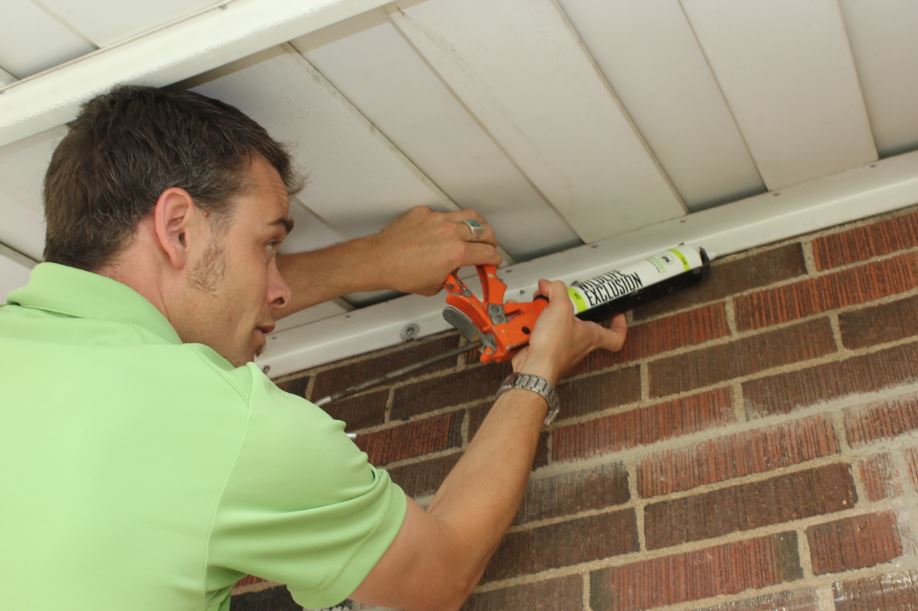The summer months are a time of plenty for the animals that occupy the land near your home, including your backyard. One species of mammal that is especially active during this time of year is the bat, and it is not unusual that a few individuals may decide that your home makes a fine roosting site. We at Skedaddle are ready to not only offer humane bat removal services but also to provide you with some valuable information about these amazing creatures.
A Family Affair
During the summer months, bats mostly expend their energy on raising their pups. Unlike other mammals that raise entire litters at once, a mother bat usually only births one pup, increasing its overall chances for survival when compared to those that have to compete for food with its siblings. Young bats cannot fly for the first few months of their lives, making them vulnerable to predators if the mother bat cannot find a secure place to roost. You may find bats in a variety of places during the summer months, including:
- Large tree cavities
- Caverns
- Along cliff crevices
- Attic spaces or wall cavities
Bats may also decide that your chimney, attic or any crevice alongside your roof makes a fine nursery as well, and understanding bat behaviour can help you recognize their presence, as well as when to call us in for humane wildlife control services.
The Bat Summer Life Cycle
During the summer, mother bats leave the roost for short flights to find fresh water and to feed on insects so they can supply their baby with the milk they need to thrive. Like all mammals, bats give birth to live young and then raise them until they get strong enough to use their wings and can join them in flight. While most bats in Ontario eat a variety of flying insects, some also feast on nectar from plants that bloom in the summer. If you have evening outdoor lights and certain flowering plants around your home, you may attract bats as they look for a safe place to raise their pups.
Recognizing Signs of Bat Activity
When bats decide to make themselves at home on your chimney or in your attic, learning to recognize the signs can keep your family safe from potential bites or scratches. One major sign that bats have welcomed themselves into your home is the presence of droppings, called guano. Both the mother and her young leave their feces behind, which, when dried, may cause air quality issues around your home. You may also hear bats if families gain access to your attic, as they may squeak and scratch.
If you do discover a mother bat and her young on your property, it is wise to call us for their removal, since an adult bat has the ability to bite or scratch, especially in defence of her pup. Keep your pets away from living specimens as well, as your dog or cat could get injured.
When To Call Skedaddle for Help

While bats can be fascinating creatures to observe, calling our experienced wildlife removal technicians can ensure that these uninvited guests are relocated with as little stress to them as possible. Once they remove them, our techs will inspect your home, especially the area around the roost, to repair and seal any entrances to prevent the bats from returning. They can also offer you some advice about how to discourage bats from making their home on your roof and around your property, which can protect it and your family from the possible dangers that come with having a close encounter with a bat.
When a mother bat decides to move in over the summer to raise her young, it is wise to call for help when it comes to removal and relocation. Contact us today for advice and assistance and to make your home and family safe again.



